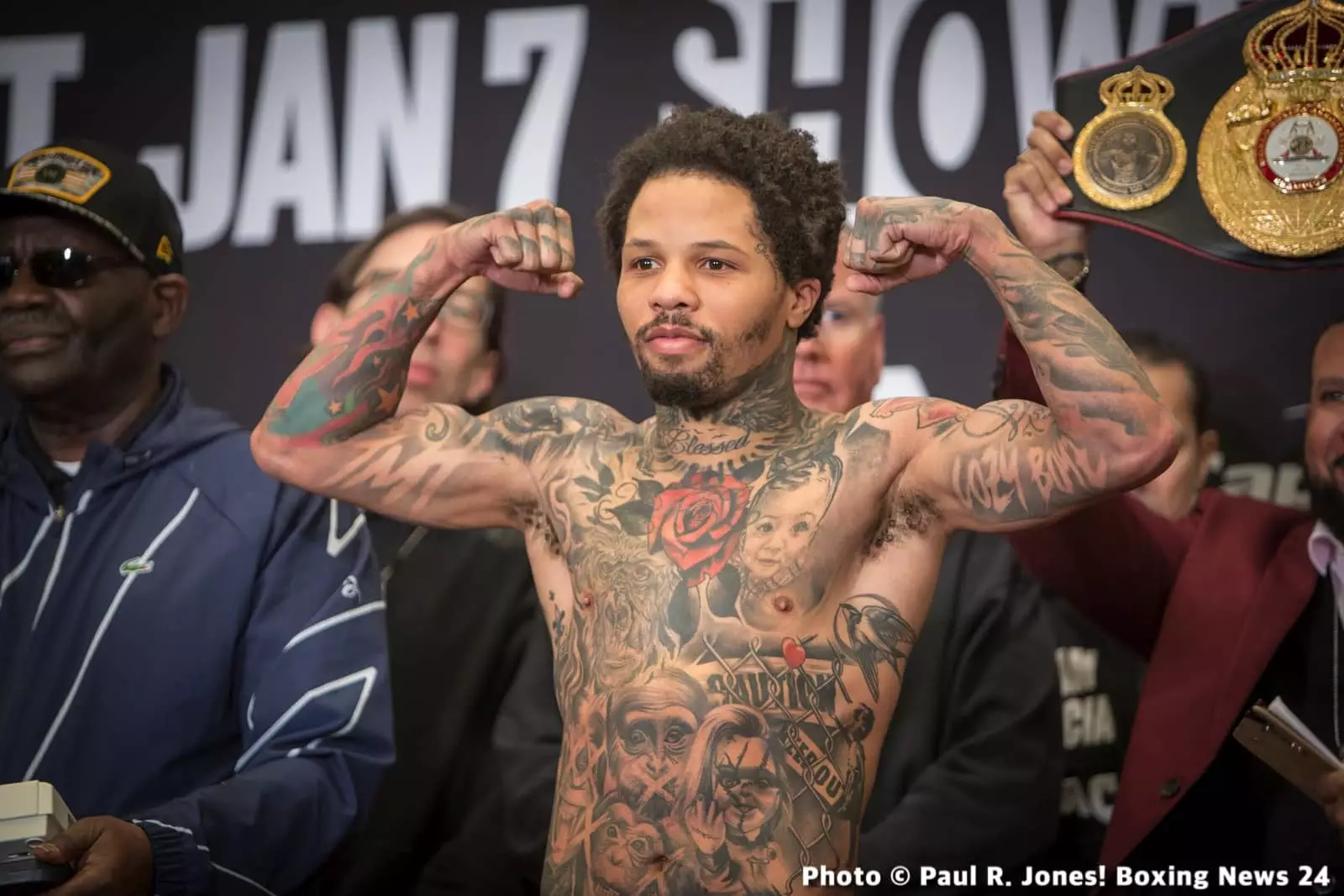In the ever-evolving landscape of boxing, rumors and leaks often serve as catalysts for excitement and controversy. Recently, a fleeting social media post from Netflix Turkey has ignited intense speculation about a potential showdown between Jake Paul and Gervonta “Tank” Davis. The confidential-looking image, which was swiftly removed, announced an event scheduled for November 15 at the State Farm Arena in Atlanta. Given Netflix’s established engagement with boxing—hosting fights featuring Tyson and Serrano—the leak appears more than a mere glitch. It suggests that substantial negotiations or planning might already be in motion, making this not just another exhibition, but a fight that could reshape a segment of the sport.
What makes this leak particularly intriguing is the context surrounding both fighters. Paul, historically a YouTuber turned boxer, continually pushes the boundaries of conventional boxing, seeking marquee matchups that capture mainstream attention. Conversely, Davis, a seasoned lightweight champion renowned for his knockout power, is exploring opportunities beyond the lightweight division. The possibility of their confrontation at a catchweight underscores a broader trend: boxing’s commercial side often prioritizes spectacle over weight class purity, especially when lucrative revenue streams are involved.
Potential Impact on Boxing’s Narrative
Should this fight materialize, it would represent more than a mere bout; it would signify a broader shift in boxing’s approach to crossover events. For years, the sport has wrestled with maintaining its traditional integrity while embracing the allure of celebrity-driven spectacles. Jake Paul’s name alone guarantees draw that transcends boxing circles, attracting viewers who might not typically tune into the sport. Meanwhile, Gervonta Davis’ reputation as a dynamic knockout artist ensures a high level of competitive interest.
Importantly, the fight’s suggested date aligns with a period when boxing seeks to maximize viewership—fall being prime season for major boxing events. Netflix’s involvement signals a new chapter in fight promotion, blending entertainment and sport on a global streaming platform. If successful, this partnership could revolutionize how boxing survives and thrives in an era dominated by digital consumption. It could also usher in an age where boxing’s biggest draws are not only skill but also marketability and mass appeal.
The Weight Difference and Financial Pragmatism
One of the most glaring aspects of this rumored matchup revolves around the weight disparity. Davis operates comfortably in the lightweight division, while Paul’s fighting weight hovers well above 200 pounds. At face value, the mismatch sounds like a promoter’s nightmare—yet, in the modern era of boxing, financial considerations often outweigh pure competition logic. Catchweight agreements, payday incentives, and pay-per-view sales figures frequently determine whether such fights happen, regardless of fairness.
Davis’s reputation as a knockout artist means that even if the physical mismatch is significant, the fight promises entertainment. Conversely, Paul’s broad fan base and media savvy could drive unprecedented pay-per-view numbers. This clash of styles and weights might be seen as a calculated risk—one that could either propel both fighters into even greater fame or backfire if the clash is perceived as a mismatch that undermines the sport’s legitimacy.
In the final analysis, this prospective bout encapsulates the ongoing tension between boxing’s rich tradition and its modern commercial ambitions. Whether it becomes reality or not, the discussion it sparks underscores how the sport is continuously evolving—at the intersection of spectacle and skill, with both fighters at the forefront of this transformation.

